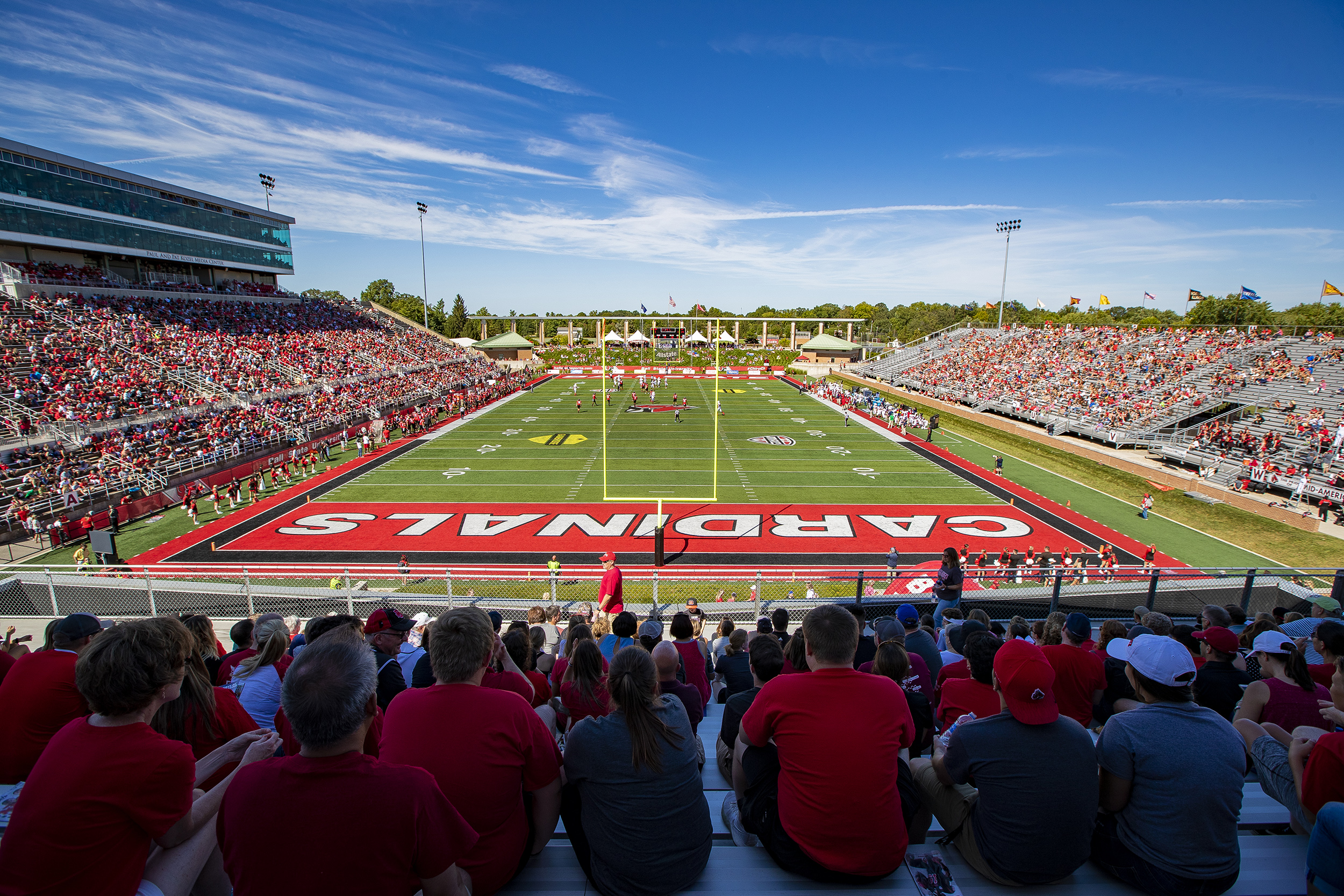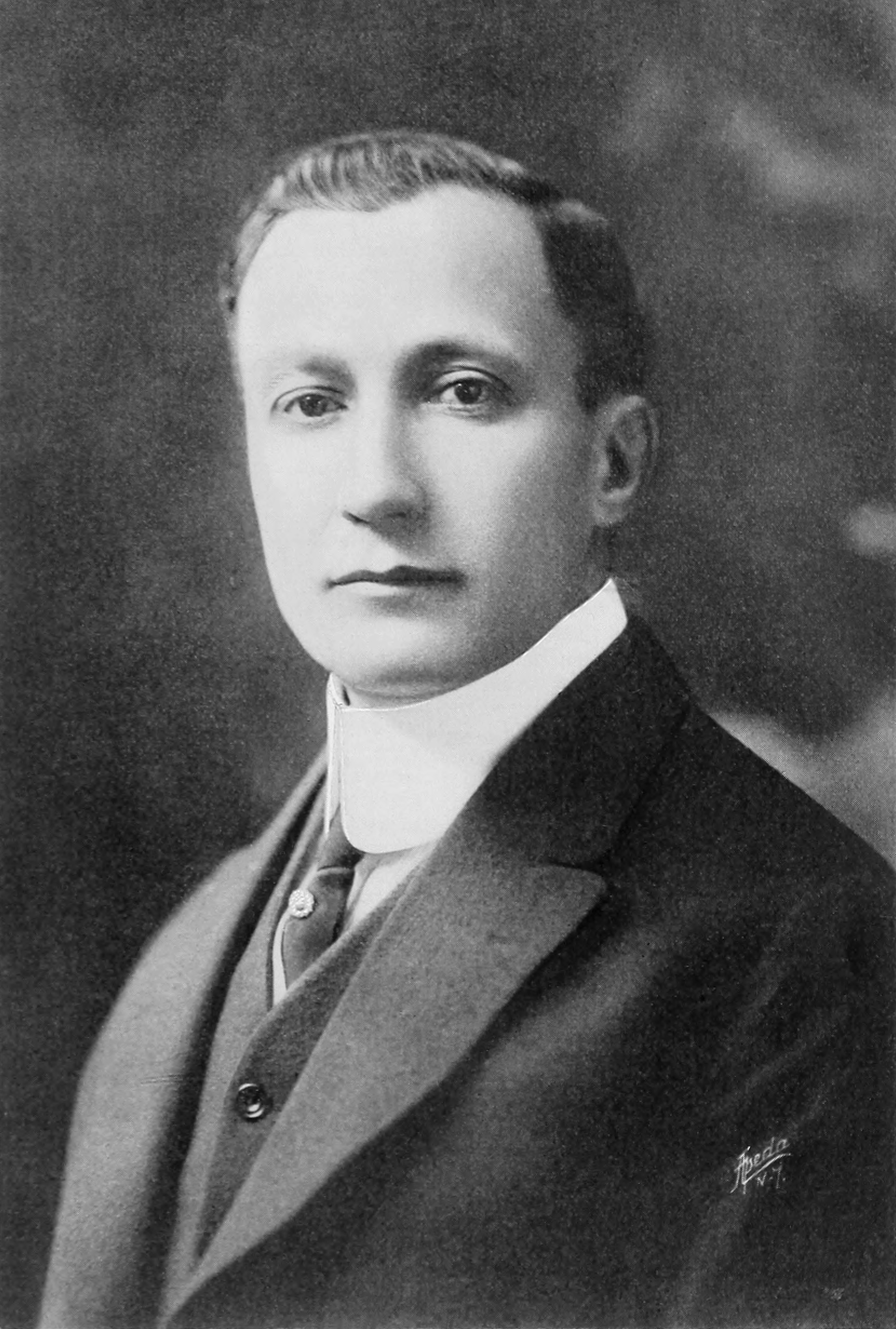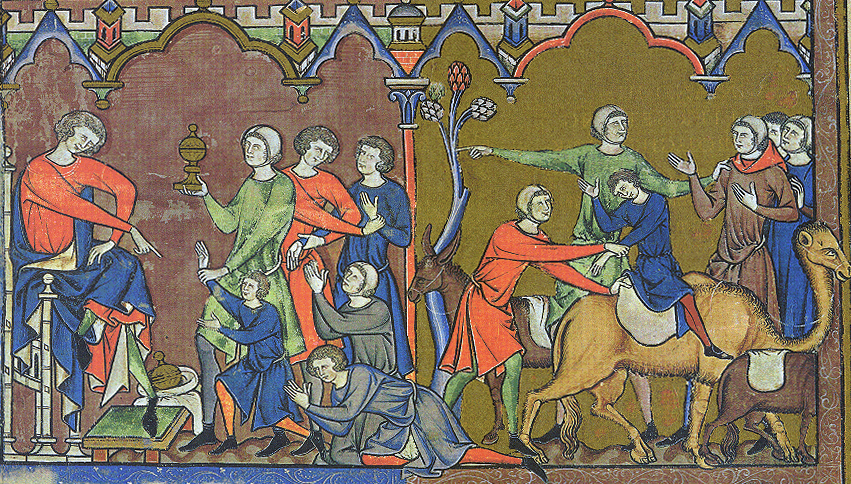|
L.A. Pittenger
Lemuel Arthur "L. A." Pittenger (September 27, 1873 – July 12, 1953) is best known as being the 4th president of Ball Teachers College later known as Ball State University, as well as having Ball State University's student center named after him. Early life Pittenger grew up in Selma, Indiana on his family's farm. Later he obtained his undergraduate degree from Indiana University. Indiana State Normal School From 1905 to 1907 he was a professor at the Indiana Normal School, which later became Ball State University. Pittenger and Frank C. Ball attempted to persuade Taylor University to relocate their campus to Muncie, in a rescue attempt of the failing Indiana Normal School. Once the Indiana Normal School went under, Pittenger returned to Indiana University for advanced schooling. From 1913 to 1920 he was the head of the English department at Ohio Normal School at Kent (now Kent State University). In 1920, Pittenger became ill and returned to Selma. Two years later Erle C ... [...More Info...] [...Related Items...] OR: [Wikipedia] [Google] [Baidu] |
Ball State University
Ball State University (Ball State, State or BSU) is a public research university in Muncie, Indiana. It has two satellite facilities in Fishers and Indianapolis. On July 25, 1917, the Ball brothers, industrialists and founders of the Ball Corporation, acquired the foreclosed Indiana Normal Institute for $35,100 and gave the school and surrounding land to the State of Indiana. The Indiana General Assembly accepted the donation in the spring of 1918, with an initial 235 students enrolling at the Indiana State Normal School – Eastern Division on June 17, 1918. Ball State is classified among "R2: Doctoral Universities – High research activity". The university is composed of seven academic colleges. , total enrollment was 21,597 students, including 15,205 undergraduates and 5,817 postgraduates. The university offers about 120 undergraduate majors and 130 minor areas of study and more than 100 master's, doctoral, certificate, and specialist degrees. There are more than 400 stu ... [...More Info...] [...Related Items...] OR: [Wikipedia] [Google] [Baidu] |
Indiana University Alumni
Indiana () is a U.S. state in the Midwestern United States. It is the 38th-largest by area and the 17th-most populous of the 50 States. Its capital and largest city is Indianapolis. Indiana was admitted to the United States as the 19th state on December 11, 1816. It is bordered by Lake Michigan to the northwest, Michigan to the north, Ohio to the east, the Ohio River and Kentucky to the south and southeast, and the Wabash River and Illinois to the west. Various indigenous peoples inhabited what would become Indiana for thousands of years, some of whom the U.S. government expelled between 1800 and 1836. Indiana received its name because the state was largely possessed by native tribes even after it was granted statehood. Since then, settlement patterns in Indiana have reflected regional cultural segmentation present in the Eastern United States; the state's northernmost tier was settled primarily by people from New England and New York, Central Indiana by migrants from ... [...More Info...] [...Related Items...] OR: [Wikipedia] [Google] [Baidu] |
Presidents Of Ball State University
President most commonly refers to: * President (corporate title) * President (education), a leader of a college or university *President (government title) President may also refer to: Automobiles * Nissan President, a 1966–2010 Japanese full-size sedan * Studebaker President, a 1926–1942 American full-size sedan * VinFast President, a 2020–present Vietnamese mid-size SUV Film and television *''Præsidenten'', a 1919 Danish silent film directed by Carl Theodor Dreyer * ''The President'' (1928 film), a German silent drama * ''President'' (1937 film), an Indian film * ''The President'' (1961 film) * ''The Presidents'' (film), a 2005 documentary * ''The President'' (2014 film) * ''The President'' (South Korean TV series), a 2010 South Korean television series * ''The President'' (Palestinian TV series), a 2013 Palestinian reality television show *'' The President Show'', a 2017 Comedy Central political satirical parody sitcom Music * The Presidents (American soul band) ... [...More Info...] [...Related Items...] OR: [Wikipedia] [Google] [Baidu] |
1873 Births
Events January–March * January 1 ** Japan adopts the Gregorian calendar. ** The California Penal Code goes into effect. * January 17 – American Indian Wars: Modoc War: First Battle of the Stronghold – Modoc Indians defeat the United States Army. * February 11 – The Spanish Cortes deposes King Amadeus I, and proclaims the First Spanish Republic. * February 12 ** Emilio Castelar, the former foreign minister, becomes prime minister of the new Spanish Republic. ** The Coinage Act of 1873 in the United States is signed into law by President Ulysses S. Grant; coming into effect on April 1, it ends bimetallism in the U.S., and places the country on the gold standard. * February 20 ** The University of California opens its first medical school in San Francisco. ** British naval officer John Moresby discovers the site of Port Moresby, and claims the land for Britain. * March 3 – Censorship: The United States Congress enacts the Coms ... [...More Info...] [...Related Items...] OR: [Wikipedia] [Google] [Baidu] |
Beneficence (statue)
''Beneficence'' is a 1937 bronze statue on the campus of Ball State University, located in Muncie, Indiana. The statue is referred to as ''Benny'' by students. History In 1927 the Muncie Chamber of Commerce proposed the building of a memorial to express gratitude on behalf of Muncie and Ball State University for the Ball Brothers' extensive generosity to the community. The monetary value of the Balls' philanthropies in Muncie totaled $7 million by the time of the monument's completion in 1937. The Chamber commissioned renowned sculptor Daniel Chester French, who sculpted the statue of Abraham Lincoln in the Lincoln Memorial in Washington, D.C. The name ''Beneficence'' was chosen for the statue because it aptly described the feelings of the community and the actions of the Ball Brothers. French entrusted architect Richard Henry Dana to choose a location for the statue and to design the surrounding promenade. The price tag for ''Beneficence'', completed in 1930, was approximatel ... [...More Info...] [...Related Items...] OR: [Wikipedia] [Google] [Baidu] |
Ball State University Museum Of Art
The David Owsley Museum of Art (DOMA) is a university art museum located in the Fine Arts building on the campus of Ball State University, Muncie, Indiana, the United States of America. The museum's name was changed on October 6, 2011, from the Ball State Museum of Art to the David Owsley Museum of Art in honor of David T. Owsley, grandson of Frank C. Ball (one of the five Ball Brothers), to recognize his donation of over 2,300 works of art and planned gift of $5 million. Since departments within the Fine Arts Building relocated to other areas on Ball State's campus, the museum has expanded its galleries, beginning in early-mid-2012 and ending in 2013. The museum is home to approximately 11,000 works of art (mostly paintings, photographs, prints and sculptures). It is one of only four Indiana art museums with an encyclopedic, world art collection. History In 1892, a group of women formed the Art Students' League, hoping to raise interest in art in the growing community of Muncie ... [...More Info...] [...Related Items...] OR: [Wikipedia] [Google] [Baidu] |
Burris Laboratory School
Burris Laboratory School is a kindergarten through twelfth grade public laboratory school located on the west side of Muncie, Indiana. The school is a division of Ball State University and provides University pre-service teachers an opportunity for classroom observation and practice. The school also shares a campus with the Indiana Academy for Science, Mathematics, and Humanities. Currently Burris has implemented a system for middle school called impact. History The school was established in 1929 and is named after Benjamin J. Burris, the first president of what was then known as Ball Teachers College. Originally part of the Muncie school district, it became independent in 1974. Its district is now coterminous with the entire state of Indiana. Students are admitted via a lottery system. Athletics Burris Laboratory School was affiliated with the Mid-Eastern Conference (MEC) from 1979 through the 2013/2014 school year, with the Owl serving as the school's mascot. Burris has ... [...More Info...] [...Related Items...] OR: [Wikipedia] [Google] [Baidu] |
Benjamin J
Benjamin ( he, ''Bīnyāmīn''; "Son of (the) right") blue letter bible: https://www.blueletterbible.org/lexicon/h3225/kjv/wlc/0-1/ H3225 - yāmîn - Strong's Hebrew Lexicon (kjv) was the last of the two sons of Jacob and Rachel (Jacob's thirteenth child and twelfth and youngest son) in Jewish, Christian and Islamic tradition. He was also the progenitor of the Israelite Tribe of Benjamin. Unlike Rachel's first son, Joseph, Benjamin was born in Canaan according to biblical narrative. In the Samaritan Pentateuch, Benjamin's name appears as "Binyamēm" (Samaritan Hebrew: , "son of days"). In the Quran, Benjamin is referred to as a righteous young child, who remained with Jacob when the older brothers plotted against Joseph. Later rabbinic traditions name him as one of four ancient Israelites who died without sin, the other three being Chileab, Jesse and Amram. Name The name is first mentioned in letters from King Sîn-kāšid of Uruk (1801–1771 BC), who called himself ... [...More Info...] [...Related Items...] OR: [Wikipedia] [Google] [Baidu] |
Linnaeus N
Carl Linnaeus (; 23 May 1707 – 10 January 1778), also known after his ennoblement in 1761 as Carl von Linné Blunt (2004), p. 171. (), was a Swedish botanist, zoologist, taxonomist, and physician who formalised binomial nomenclature, the modern system of naming organisms. He is known as the "father of modern taxonomy". Many of his writings were in Latin; his name is rendered in Latin as and, after his 1761 ennoblement, as . Linnaeus was born in Råshult, the countryside of Småland, in southern Sweden. He received most of his higher education at Uppsala University and began giving lectures in botany there in 1730. He lived abroad between 1735 and 1738, where he studied and also published the first edition of his ' in the Netherlands. He then returned to Sweden where he became professor of medicine and botany at Uppsala. In the 1740s, he was sent on several journeys through Sweden to find and classify plants and animals. In the 1750s and 1760s, he continued to collect and ... [...More Info...] [...Related Items...] OR: [Wikipedia] [Google] [Baidu] |






